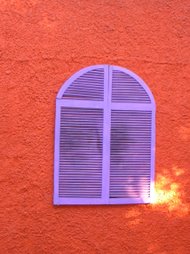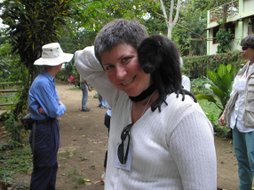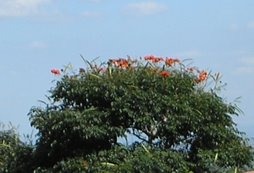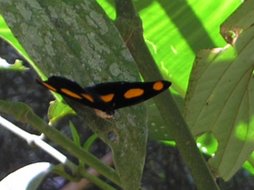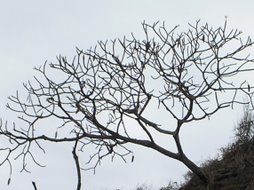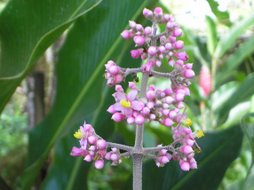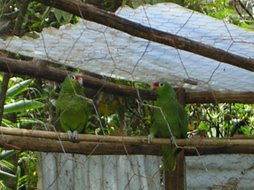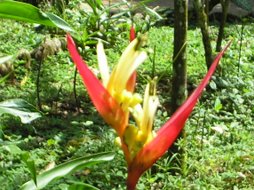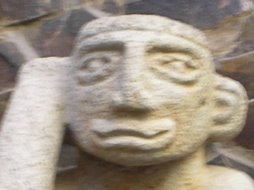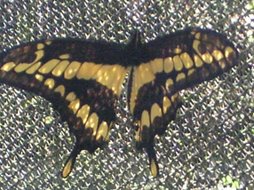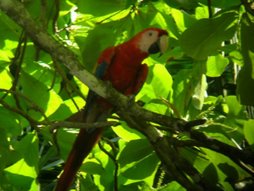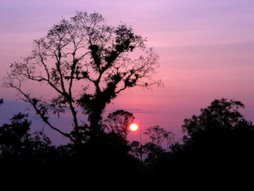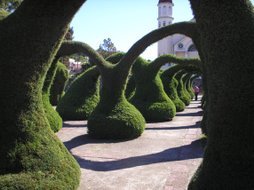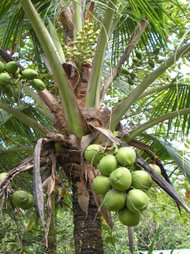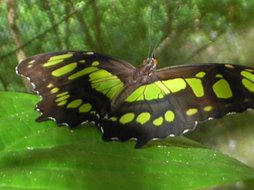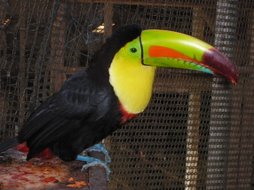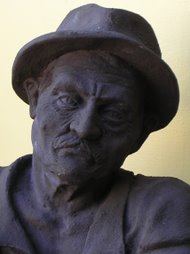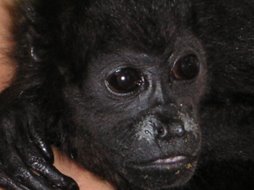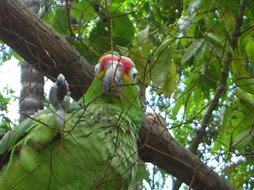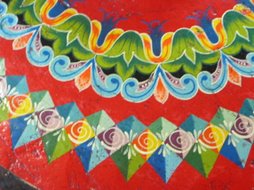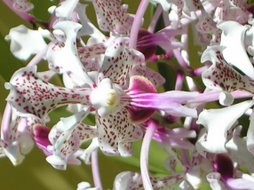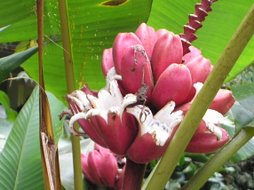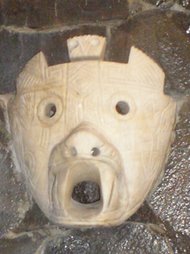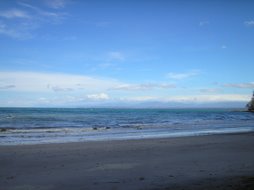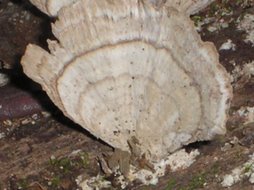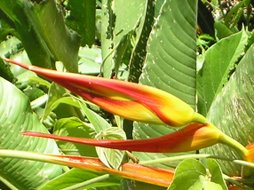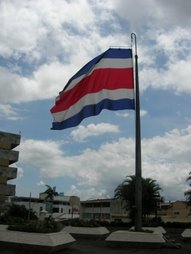It all began with Ann Becker, a mild-mannered consultant from the Windy City who went to Costa Rica a few years ago and fell in love -- with the country, its people, the food, the birds, the plants -- in short, everything about the place.
 "I must introduce other women to this amazing country," said Ann. And so was born Wonderful Women adventures, Ann's effort to bring her women friends -- and friends-of-friends -- to Costa Rica.
"I must introduce other women to this amazing country," said Ann. And so was born Wonderful Women adventures, Ann's effort to bring her women friends -- and friends-of-friends -- to Costa Rica.
Ann invited Janet, a fellow Chicago-based consultant. Janet and I used to work together in Philadelphia, and we both happened to be there in June 2006, visiting our friend Margaret.

"I'm thinking about going to Costa Rica with a group of Wonderful Women next year," said Janet, "but I can't decide if I should go or not." Hmmm...Costa Rica in February...with 15 interesting women...beach...rainforest...volcanoes... "If you go, I'll go," I cried.
Fast forward to February 2007, and San Jose, Costa Rica. Janet and I met up in Miami and flew down together (I love my frequent flyer miles), and spent a relaxing few days at the Orquideas Inn as the rest of the women trickled in from around the country -- Chicago, Boston, L.A., Pasadena, Tempe.


Once everyone arrived, we met our driver, Minor, and our guide, Alex (unrelated Alvarezes)...

 "I must introduce other women to this amazing country," said Ann. And so was born Wonderful Women adventures, Ann's effort to bring her women friends -- and friends-of-friends -- to Costa Rica.
"I must introduce other women to this amazing country," said Ann. And so was born Wonderful Women adventures, Ann's effort to bring her women friends -- and friends-of-friends -- to Costa Rica.Ann invited Janet, a fellow Chicago-based consultant. Janet and I used to work together in Philadelphia, and we both happened to be there in June 2006, visiting our friend Margaret.

"I'm thinking about going to Costa Rica with a group of Wonderful Women next year," said Janet, "but I can't decide if I should go or not." Hmmm...Costa Rica in February...with 15 interesting women...beach...rainforest...volcanoes... "If you go, I'll go," I cried.
Fast forward to February 2007, and San Jose, Costa Rica. Janet and I met up in Miami and flew down together (I love my frequent flyer miles), and spent a relaxing few days at the Orquideas Inn as the rest of the women trickled in from around the country -- Chicago, Boston, L.A., Pasadena, Tempe.


Once everyone arrived, we met our driver, Minor, and our guide, Alex (unrelated Alvarezes)...

...and Marvi, our bright orange bus...

































 The Caño Negro Wildlife Refuge is one of the most biologically diverse areas in Costa Rica. A wide variety of birds, animals and fish inhabit this tropical lowland of 24,620 acres. The best way to visit the refuge is by boat, which is exactly what we did. We traveled up the Río Frío, which flows through the heart of the preserve, in an open cockpit boat with a sun awning. (This is a stock photo, not one of mine, but it gives you a sense of the size of the boat.)
The Caño Negro Wildlife Refuge is one of the most biologically diverse areas in Costa Rica. A wide variety of birds, animals and fish inhabit this tropical lowland of 24,620 acres. The best way to visit the refuge is by boat, which is exactly what we did. We traveled up the Río Frío, which flows through the heart of the preserve, in an open cockpit boat with a sun awning. (This is a stock photo, not one of mine, but it gives you a sense of the size of the boat.)
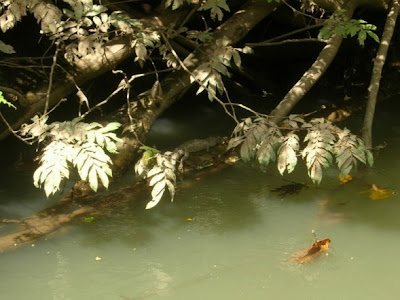








.jpg)





